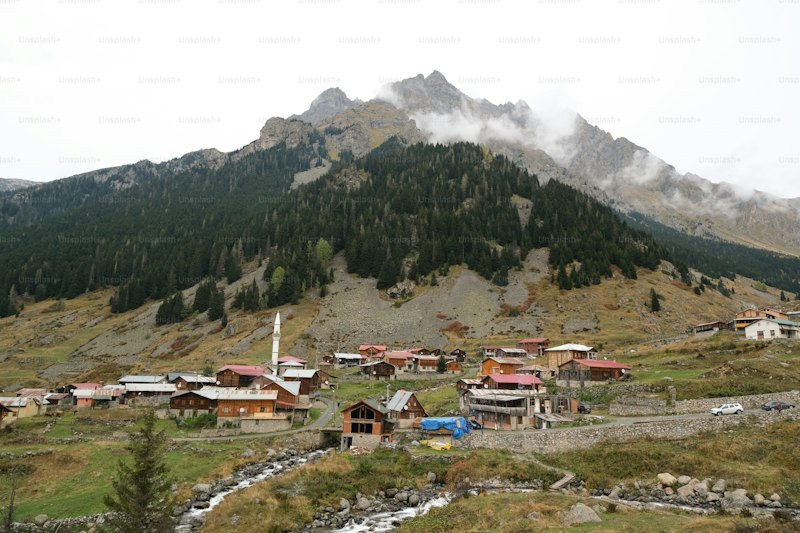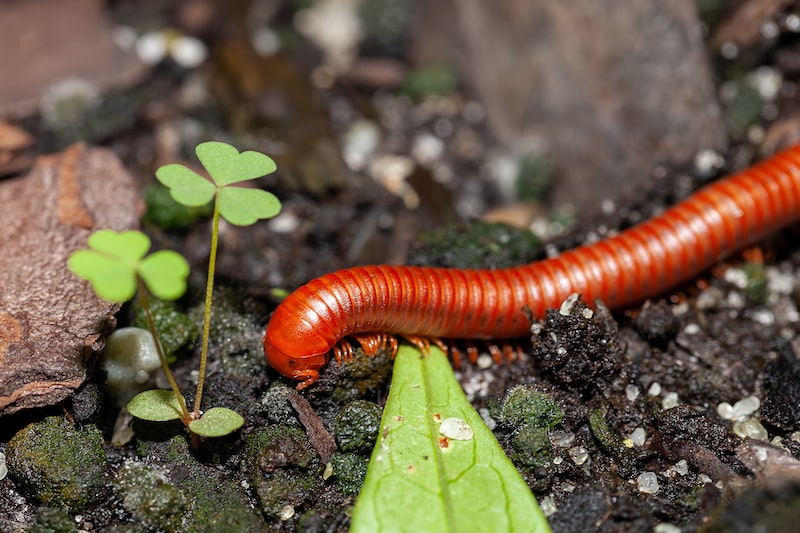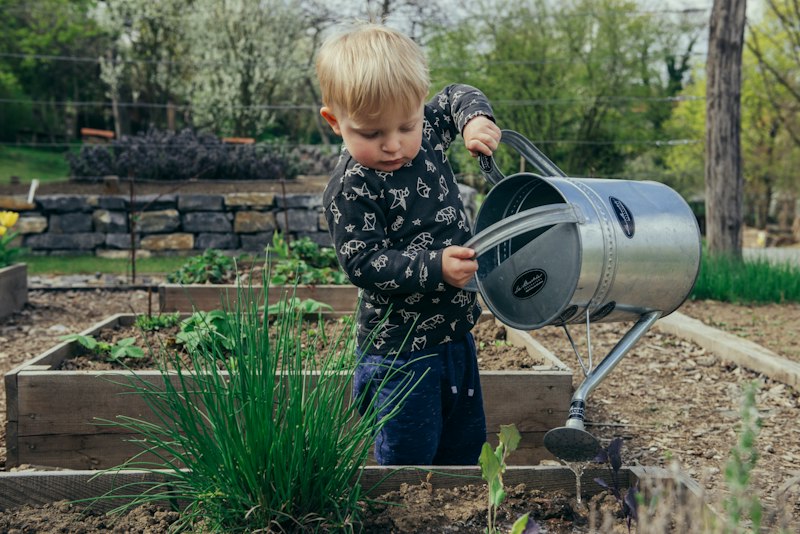Are you ready to get your hands dirty and grow your own vegetable garden? Having a green thumb is all about timing, and knowing the best planting dates can make a world of difference in the success of your veggies. In this article, we’ll guide you through the art of Green Thumb Timing, ensuring that you sow your seeds at the perfect time for a bountiful harvest.
Timing is everything when it comes to gardening, and different vegetables have different preferences when it comes to planting dates. Let’s start with the early birds – cool-season crops like lettuce, spinach, and peas. These hardy plants can tolerate colder temperatures, so you can sow them as soon as the ground thaws in early spring. They’ll thrive in the cool weather and be ready to harvest before the heat of summer kicks in.
On the other hand, warm-season crops like tomatoes, peppers, and cucumbers are more sensitive to chilly temperatures. It’s best to wait until after the last frost date in your area before planting these heat-loving veggies. This ensures that they won’t be damaged by unexpected cold snaps, giving them a better chance to flourish.
But what about those in-between plants, like beans and squash? Well, they prefer the Goldilocks zone of gardening – not too hot, not too cold. Wait until the soil has warmed up and there’s no longer a risk of frost before sowing these seeds. They’ll appreciate the warmer conditions and reward you with a hearty harvest.

Remember, Mother Nature doesn’t always follow a strict calendar, so it’s important to pay attention to local conditions and weather forecasts. Observing your surroundings, such as blooming flowers or migrating birds, can also provide clues about the best time to plant.
having a green thumb isn’t just about having a natural talent for gardening – it’s about mastering the art of Green Thumb Timing. By knowing the best planting dates for your veggie garden, you can give your plants the optimal conditions they need to thrive. So grab your gardening gloves and get ready to sow your seeds at the perfect time for a fruitful harvest!
Unlock Gardening Success: Discover the Optimal Planting Dates for Your Vegetable Garden

title="Green Thumb Timing: Best Planting Dates for Your Veggie Garden" alt="Green Thumb Timing: Best Planting Dates for Your Veggie Garden">
Are you ready to unlock gardening success? If you’re passionate about growing your own vegetables and want to maximize your garden’s potential, then discovering the optimal planting dates is crucial. In this article, we’ll dive into the importance of planting at the right time and how it can significantly impact your vegetable garden.
Timing is key when it comes to gardening, and knowing the optimal planting dates for your region can make a world of difference. Each vegetable has its own preferences in terms of temperature and sunlight, which means planting them at the right time will ensure they thrive and produce bountiful harvests.
By understanding your local climate and the specific requirements of the vegetables you wish to grow, you can plan your planting schedule with confidence. Start by identifying the average last frost date in your area, as many vegetables are sensitive to frost. This date marks the beginning of the growing season and indicates when it is generally safe to start planting outdoors.
For warm-season crops like tomatoes, peppers, and cucumbers, it’s best to wait until after the last frost to ensure they won’t be damaged by cold temperatures. These plants love warmth and need the soil to be consistently above a certain temperature for optimal growth. By waiting until the appropriate time, you give them the best chance to thrive.
On the other hand, cool-season crops such as lettuce, spinach, and peas can tolerate cooler temperatures and even a light frost. These hardy vegetables can be planted earlier in the season, often well before the last frost date. Taking advantage of these early planting opportunities can extend your harvest and allow you to enjoy fresh produce sooner.
To determine the optimal planting dates for your specific vegetables, consult reliable gardening resources or reach out to local gardening communities. They can provide valuable insights and recommendations based on your location. Remember that these dates can vary slightly from year to year due to weather fluctuations, so it’s essential to stay informed and adaptable.
unlocking gardening success starts with discovering the optimal planting dates for your vegetable garden. By understanding your local climate and the specific requirements of the vegetables you want to grow, you can plan your planting schedule strategically. Whether it’s waiting until after the last frost for warm-season crops or taking advantage of early planting opportunities for cool-season vegetables, timing is everything. So get ready to dig in, follow nature’s cues, and watch your garden thrive like never before!
Mastering Mother Nature: The Ultimate Guide to Perfect Timing in Your Veggie Garden
Are you ready to unlock the secrets of a bountiful veggie garden? Look no further! In this ultimate guide, we’ll delve into the art of mastering Mother Nature and uncover the keys to perfect timing for your vegetable garden. Get ready to cultivate your green thumb like never before!
Timing is everything in gardening, and when it comes to growing vegetables, it can make all the difference. Whether you’re a seasoned gardener or just starting out, understanding the optimal timing for planting, watering, and harvesting will ensure a thriving garden.
Let’s start by talking about planting. Have you ever wondered when is the right time to sow those seeds or transplant your seedlings? Well, it all depends on the type of vegetables you’re growing and the climate of your region. Some veggies, like tomatoes and peppers, thrive in warm weather, so it’s best to wait until after the last frost date to plant them. On the other hand, cool-season crops like lettuce and spinach can handle colder temperatures and can be planted early in the spring or even late in the fall.
Watering your vegetable garden is another crucial aspect of timing. Too much or too little water can spell disaster for your plants. As a general rule, most vegetables prefer moist but not waterlogged soil. You can use your finger as a simple test: if the top inch of soil feels dry, it’s time to water. Remember to water deeply but infrequently, allowing the roots to grow deeper and become more resilient.
Now, let’s move on to the exciting part—harvesting! The perfect timing for harvesting vegetables differs depending on the variety. Some veggies, like beans and zucchini, are best when picked young and tender, while others, such as winter squash and pumpkins, need more time on the vine to mature fully. Keep an eye on your garden and harvest when the vegetables reach their peak ripeness, ensuring maximum flavor and nutritional value.
mastering Mother Nature’s timing is the key to an abundant vegetable garden. By understanding when to plant, water, and harvest your veggies, you’ll set yourself up for success. So get out there, dig in the dirt, and savor the joy of growing your own delicious and nutritious vegetables. Happy gardening!
From Seedlings to Harvest: Maximizing Yields with Expert-Recommended Planting Dates
When it comes to maximizing yields in agriculture, selecting the right planting dates can make a significant difference. From seedlings to harvest, timing plays a crucial role in ensuring optimal growth and productivity of crops. In this article, we will delve into the importance of expert-recommended planting dates and how they can help farmers achieve remarkable results.
Imagine planting your seeds too early or too late. Just like Goldilocks searching for the perfect porridge, finding the ideal planting window is essential. Planting too early may expose seedlings to frost or unfavorable weather conditions, stunting their growth. On the other hand, planting too late can mean a shorter growing season, reducing the overall yield potential of your crops. So, when should you plant? Let’s find out!

Experts recommend determining planting dates based on local climate and specific crop requirements. Different crops have different temperature preferences, and understanding these preferences is key to successful planting. For instance, warm-season crops such as tomatoes and peppers thrive in higher temperatures, while cool-season crops like lettuce and broccoli prefer milder conditions.

To determine the ideal planting dates, consider the average last frost date in your area. This information will guide you in avoiding any potential frost damage to your delicate seedlings. Additionally, take into account the length of the growing season required by your chosen crops. Some crops demand a longer time to mature and bear fruit, so adjusting planting dates accordingly is crucial.
Furthermore, keep an eye on soil conditions. Planting in wet or waterlogged soil can impede seed germination and root development. It’s important to wait until the soil has reached the right moisture content for optimal growth. One way to test soil moisture is by conducting a simple squeeze test. Grab a handful of soil and gently squeeze it. If it crumbles easily, it’s likely ready for planting. However, if it forms a compact ball, it’s still too wet.
maximizing yields in agriculture requires careful consideration of planting dates. By following expert recommendations and considering local climate, crop preferences, frost dates, and soil conditions, farmers can set themselves up for success. Remember, finding the perfect planting window is like hitting a bullseye – it ensures that your crops get off to a great start and have ample time to grow, thrive, and ultimately reward you with bountiful harvests.
The Secret to Greener Thumbs: Unveiling the Key Planting Dates for a Thriving Vegetable Garden
Are you ready to unlock the secret to greener thumbs? If you’re eager to cultivate a thriving vegetable garden, then you’ve come to the right place. One of the key factors for successful gardening lies in knowing the optimal planting dates for your beloved plants. In this article, we’ll unveil the hidden gems that will transform your garden into a verdant paradise.
Timing is everything when it comes to planting vegetables. Each plant has its own preference for temperature and sunlight, and understanding these requirements will give you an edge in nurturing healthy crops. To maximize your chances of success, let’s explore the essential planting dates for a variety of popular vegetables.
When it comes to cool-season crops like lettuce, spinach, and carrots, early spring is the perfect time to sow their seeds. These hardy plants can tolerate cooler temperatures and will thrive when planted a few weeks before the last frost date. By doing so, you’ll provide them with ample growing time before the heat of summer arrives.
On the other hand, warm-season crops such as tomatoes, peppers, and cucumbers prefer to bask in the warmth of late spring or early summer. These tender plants are sensitive to frost, so it’s crucial to wait until all danger of frost has passed before introducing them to the garden. This way, they can soak up the sunshine and flourish throughout the summer months.
But what about those in-between plants that don’t fit neatly into either category? Take beans and corn, for example. These crops fall into the realm of “moderate season” vegetables. They can tolerate some cool weather but also require enough warmth to germinate and thrive. Therefore, it’s best to aim for a planting date when the soil has warmed up sufficiently, but before the peak heat of summer sets in.
knowing the key planting dates for your vegetable garden is the secret sauce to developing greener thumbs. By understanding the unique needs of each plant and aligning your planting schedule accordingly, you can create an environment where your crops will thrive. So go ahead, get your hands dirty, and embark on a journey to cultivate a flourishing vegetable garden that will leave your friends and neighbors in awe. Happy gardening!









